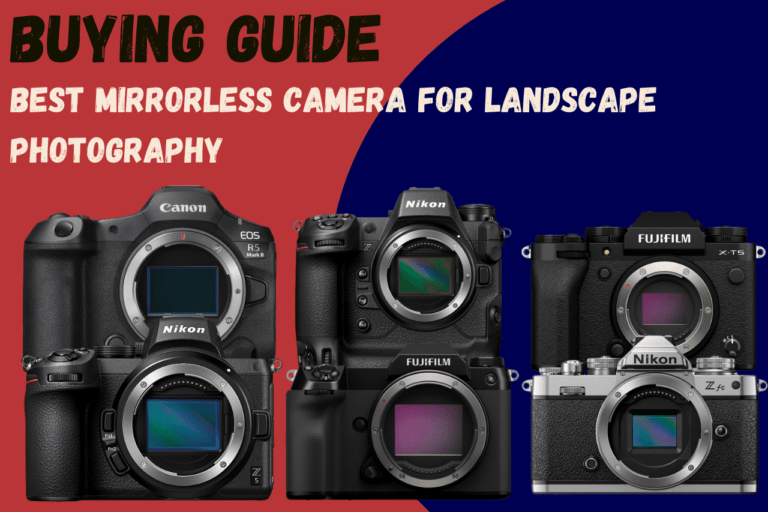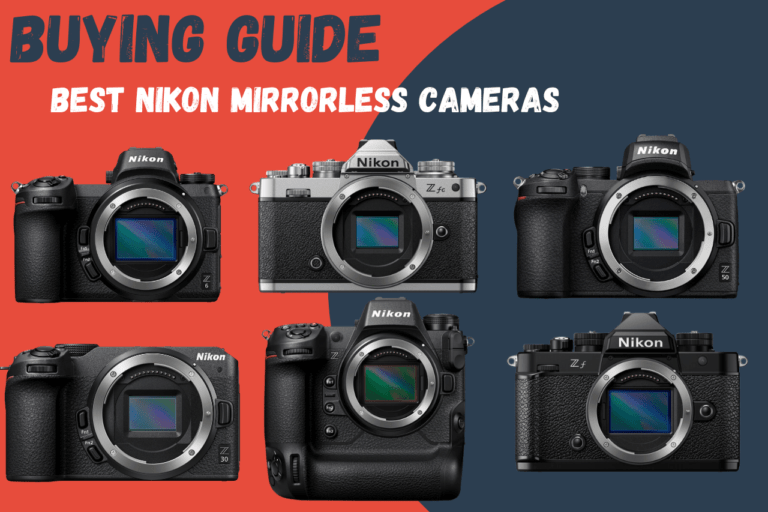From the moment Steve Jobs announced the first iPhone, there was something many of us were wondering: “Will there ever be a day where this new invention will get so good that it closes the huge gap it had with (let’s say) professional cameras?”
Today, almost 20 years later, we can maybe answer this question with a yes.
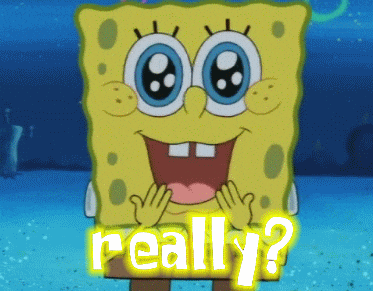
Yep!
Well, to do that, I took a $2000 mirrorless camera, the Sony A7 III, and compared it to the new iPhone 16 Pro. I examined everything from sensor performance and manual controls to portability and the value you get for the price you’re paying, just to get a clear picture (pun intended) of how far we’ve come from the first iPhone.
(Btw, I chose the Sony A7 III because it’s one of the best mirrorless cameras under $2000).
So, can the iPhone 16 Pro’s advanced features really compete with this $2000 mirrorless camera? That’s what we will see in this comparison.
Sony A7 III Mirrorless Camera vs iPhone 16 Pro: Which One is Better?
In this comparison, I will focus on the key differences based on facts and data. I won’t be referring to the actual performance of both the Sony A7 III and the iPhone 16 Pro, as many photographers already did that. But if you want to check how images look in both a mirrorless camera and the iPhone 16 Pro, you can check out this video:
Overview Of Both Devices
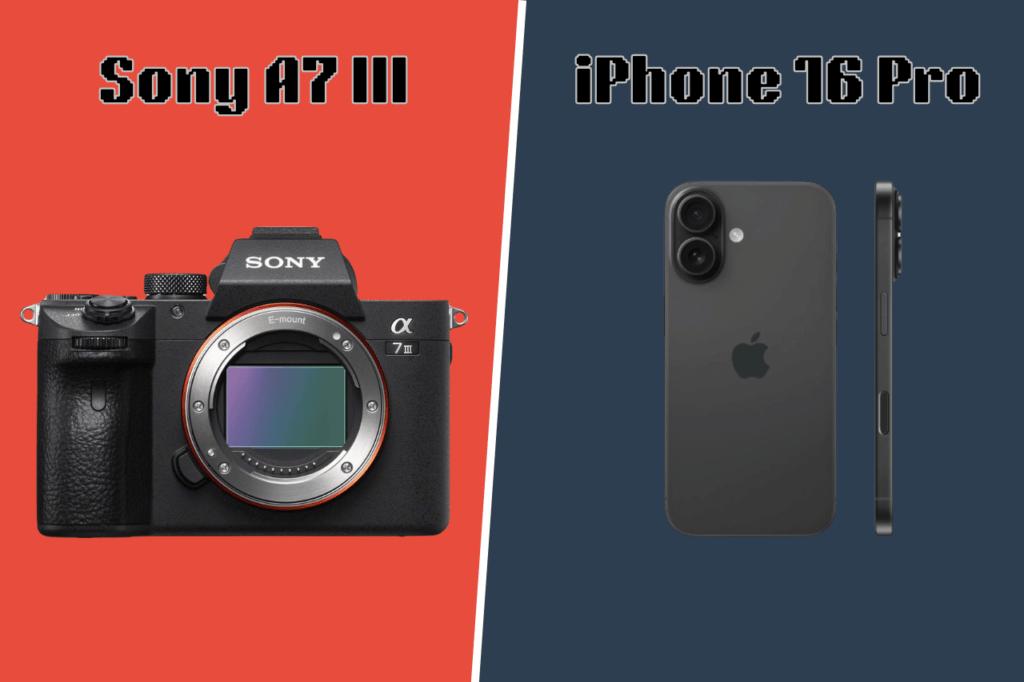
The Sony A7 III is built for professionals. We are talking about a 24.2 MP full-frame camera that allows you to shoot pretty much anything with great detail, thanks to the big sensor.
This camera has a 693-point phase-detection and 425-point contrast-detection hybrid AF system and can go up to 10 fps with the mechanical or electronic shutter. This means you can shoot fast action and never lose your subject. You also have 4K 30p and Full HD 120p, with S-Log3 and HLG profiles for enhanced post-processing flexibility, and with IBIS to stabilize your shots in camera.
In a nutshell, I would say it’s a great camera except for one thing: It only gives 8‑bit video output.
Now for the bad boy that created a fuss when it was introduced: The iPhone 16 Pro.

Well, this phone improved a great deal compared to the older version. Apple has introduced features like 4K 120p cinematic video recording and a new button that offers quick access to advanced shooting settings. You can also benefit from great stabilization, thanks to the Action mode to take smooth shots.
So, what do people say about this new iPhone?
Well, as always, Apple attracts mixed opinions. Based on the reviews in Quora and Reddit, a lot of people appreciated the convenience and innovative features, while others questioned whether the hype is real when compared to dedicated camera systems.
A very good enquiry, I must say, and this is where this review comes in.
Portability, Convenience, and Workflow
Portability is where the iPhone 16 Pro shines. It’s always with you, ready for spontaneous shots without the need for additional gear.
I am sure you thought I was gonna say this and repeat what everyone else is saying. Well, nope.
Yeah, of course, the iPhone 16 Pro is convenient with its compact design and integrated editing tools, but that’s just for taking pictures.
If you use it to shoot videos for a while, you will see that the portability advantage becomes a HUGE disadvantage.
“But there are some music videos, even movies that were shot using it.” You’re right.
But there is one thing you probably haven’t noticed: They’re not holding the phone; they are using a specific phone cage (like the one in the picture) to make the iPhone usable for shooting video.
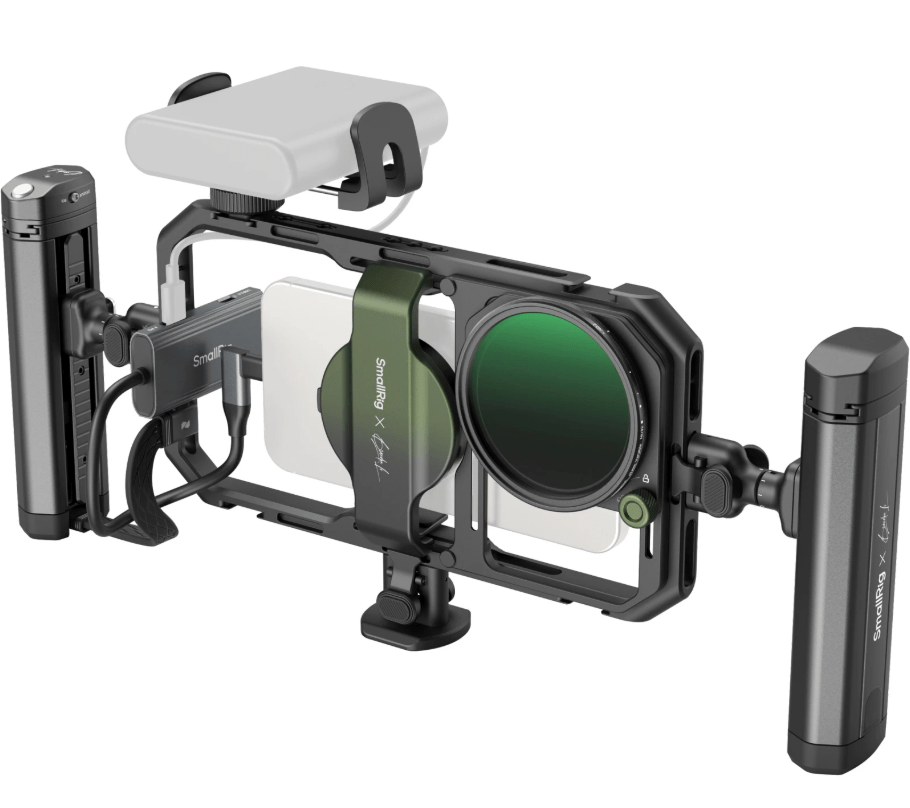
So, for professional projects that demand dedicated performance (especially in video), the Sony A7 III (or the mirrorless camera you have) will be the obvious choice.
Plus, if you take out an iPhone at a wedding or event, everyone will look at you like this:

Image Quality and Sensor Performance
Well, I’d say you won’t notice much difference if you are shooting a wide scene with good lighting.
You might say, “but shouldn’t the full-frame sensor provide better quality?”, and you would be right. However, that will only be the case if you shoot in low light. Then the Sony A7 III will be better because you will see less noise.
But, we shouldn’t forget that the iPhone 16 Pro uses advanced HDR and computational techniques to balance highlights and shadows. Yet, its smaller sensor often struggles in challenging lighting.
Another thing is depth of field. Many people will say that the iPhones have good bokeh, but the A7 III produces AUTHENTIC bokeh, whereas the iPhone simulates this effect with software (meaning it’s AI generated, not due to the aperture of the lens like in a mirrorless camera).
For fast-paced action, mirrorless cameras are GREAT, especially now that there is no mirror to cover the sensor like in the DSLR days. But what about iPhones?
Well, Apple has an interesting calibration system. Its smartphones continuously capture frames just before you press the shutter, so even when the subject is moving quickly, the phone selects the best frame with minimal shutter lag.
You might think that’s great, but professional photographers weren’t very thrilled (especially sports and wildlife) since they are experienced enough to choose the right moment before pressing the shutter button. So, it was inconvenient.
However, the improvements in sensor performance and faster processing have made it highly reliable. In practice, the iPhone 16 Pro’s computational photography and new Camera Control button work together to ensure you rarely miss a shot—even in fast-paced action.
Creative Control and Manual Settings
Another new thing that the iPhone 16 Pro introduced is the camera control button. You press it, and a small setting screen appears, which allows you to change the aperture, ISO, etc.
Doesn’t that remind you of anything?

This is how cameras worked for a very long time. A half-press of the shutter button, and you can lock on the autofocus, and the dials change the aperture, shutter speed, ISO, etc. But this is as close to a camera as it gets.
A mirrorless camera allows you to fine-tune every aspect of your shot. You have custom profiles and can focus manually with precision, thanks to features like focus peaking.
On the other hand, the iPhone 16 Pro provides a more automated experience. While it offers some manual controls, it focuses on being easy to use. So, for those who crave artistic control and want to experiment with different lenses and accessories, a mirrorless camera is the way to go.
Lens Flexibility and Accessories
This takes us to the next point. I’m sure you heard that the new iPhone has a 48MP primary lens, with an ultra wide and a macro. All of this is nice, but that’s it. You are locked to the lenses Apple put in the phone, and you cannot change them even if you wanted to.
However, let’s be fair here. We are talking about a $1000 phone, which is $700 cheaper than the Sony A7 III (with only a kit lens). And as you know, kit lenses suck. So, the iPhone is better if we consider the price while we are comparing lens flexibility.
But if you are entering the world of photography as a career and you don’t mind investing in lenses (and you will have to), of course, a mirrorless camera is better. The different lenses you can attach go from a wide-angle lens for landscapes, a prime lens for portraits, to a telephoto for distant subjects. You have everything you can possibly need.
This versatility also extends to accessories; you can easily attach external flashes, filters, and battery grips to further enhance your shots. In contrast, the iPhone 16 Pro relies on its fixed lens system and digital zoom to simulate different effects. So, the iPhone simply can’t match the creative flexibility that comes with a dedicated camera system.
Video Capabilities and Performance
With stills, you won’t see much difference. But what about video?
Well, if I am being honest here, we cannot compare them in videos until we use a phone cage for the iPhone (the portability point, remember?)
Okay, now that we did. Let’s see what the deal is for each system.
If you are shooting in normal mode, the iPhone can’t even come close to the Sony S7 III’s videos. The camera will capture a sharper, more detailed video with more vivid colors.
But, if you shoot Log, things get more interesting. Both the mirrorless camera and the iPhone will give you great videos. In fact, the iPhone 16 Pro will be even better since it can go up to 4K 120p, while the Sony A7 III only gives you 4K 30p.
But there is a catch!
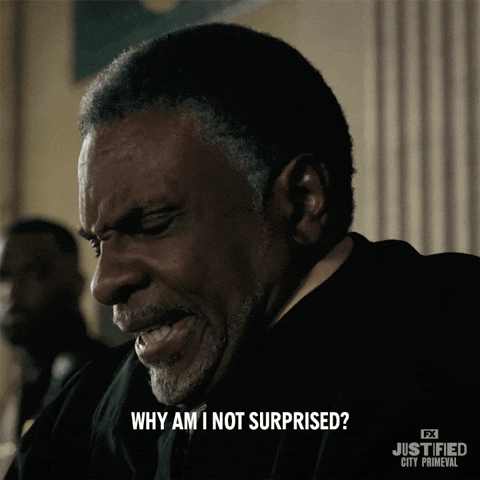
Well, what can I say? You should get used to it by now. Nothing is what it seems with Brave Lenses.
So, just because it’s achievable to shoot Log with an iPhone, it doesn’t mean you can do it. Or let me be more specific, you CAN do it but only if you use an external SD Card (the Apple ProRes Codec takes a lot of space).
Plus, for long shoots, the iPhone will probably overheat, and the battery will be drained, and unlike a mirrorless camera, there are no extra batteries to save you.
So, here goes convenience out the window since the phone cage is a must if you want to shoot actual good videos with the iPhone.
Price, Investment, and Long-Term Value
How much you’re going to pay to get the best results is also important. Mirrorless cameras aren’t cheap, and that’s just the body, and I still haven’t mentioned lenses that can sometimes cost more than the camera itself.
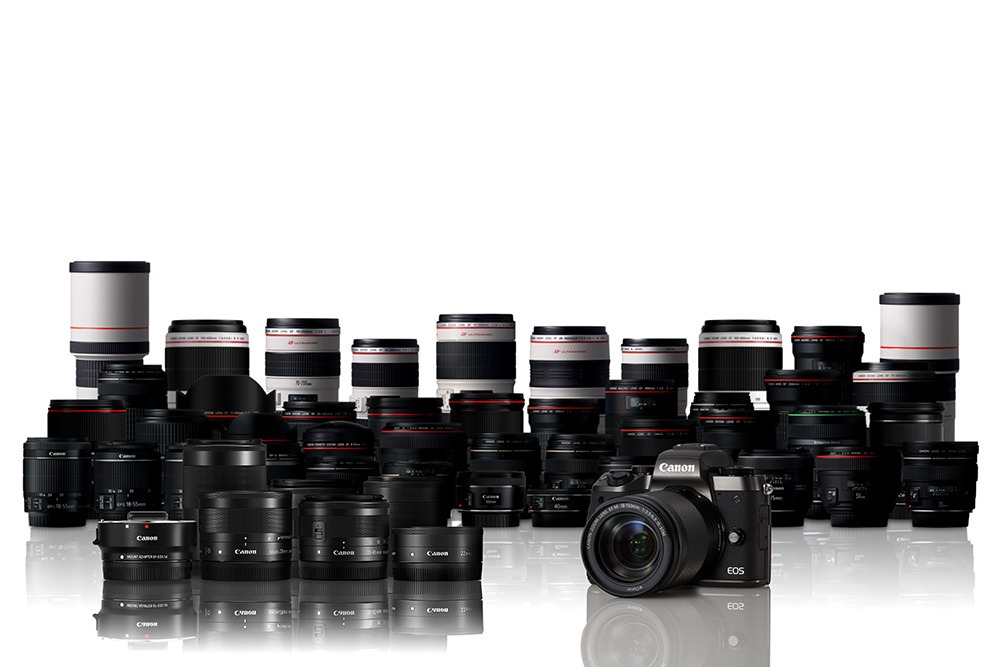
For the iPhone, you get great features (especially for stills) for only 1000 bucks.
Plus, one great thing about iPhones is that they don’t lose their value over time, so you can still sell it after a couple of years and get a good price. This is also true for mirrorless cameras.
But, the main difference between the iPhone and mirrorless cameras is that the latter is an investment that costs money down the line.
Let me explain that.
As a casual photographer (or videographer), you can invest in an iPhone 16 Pro to experiment with it for a bit and see if this photography thing is for you. If not, you are still left with a great smartphone for your daily use.
HOWEVER, we cannot say the same about a mirrorless camera. From the get-go, you are buying an expensive camera.
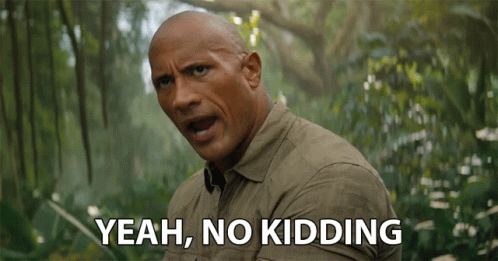
Okay, I know. Obvious. DUH!
What I mean is that the camera alone is not enough. You will need to invest in a tripod or gimbal, flash for photography (and mic for video), ND filter, bag and cleaning kit for the sensor, lenses depending on your specific style, and more.
And what if you realized that this path is not for you?
Well, while you can still sell the camera and lenses for a fairly good price, you are left with so many accessories that you won’t know what the hell to use them for.
“This Was Shot With An iPhone”: Is That Really True?
The last thing I want to talk about is the marketing strategy Apple used to promote this smartphone, and with it, you will hopefully answer the question of what’s the right choice for you.
You see, sure, those videos and movies you saw were shot with an iPhone, but they weren’t shot with JUST an iPhone.
They used a very professional set, with experts in filmmaking and cinematography (and as I mentioned, added all kinds of stuff to that iPhone to improve its performance), which means that the iPhone was one small part of a very delicate, big, and expensive system to give you the result you saw in those commercials.
So, does that mean the iPhone 16 Pro is bad? Of course not. As you saw, it is actually a great choice for many cases, especially if you are starting out and want something to understand the basics of photography and videography.
It’s also great if you are a content creator who doesn’t care about all the technical stuff of a mirrorless camera and just want something simple and reliable to shoot your vlogs or social media posts. In that case, the iPhone will serve very well.
But the point I am trying to make here is this. Yes, we are at a point where a smartphone can go head to head with a mirrorless camera, but if we compare the results of both of them as if these tools took those photos or videos themselves, we miss the point.
It’s YOU who dreams, acquires the skills, experiments on different things, and uses these tools to bring YOUR vision to life.
So, don't expect an iPhone to make you into something you are not. Or let the lack of a very expensive camera stop you from being something you know you can be.
Remember: The best camera is the one you use confidently to tell your story!
